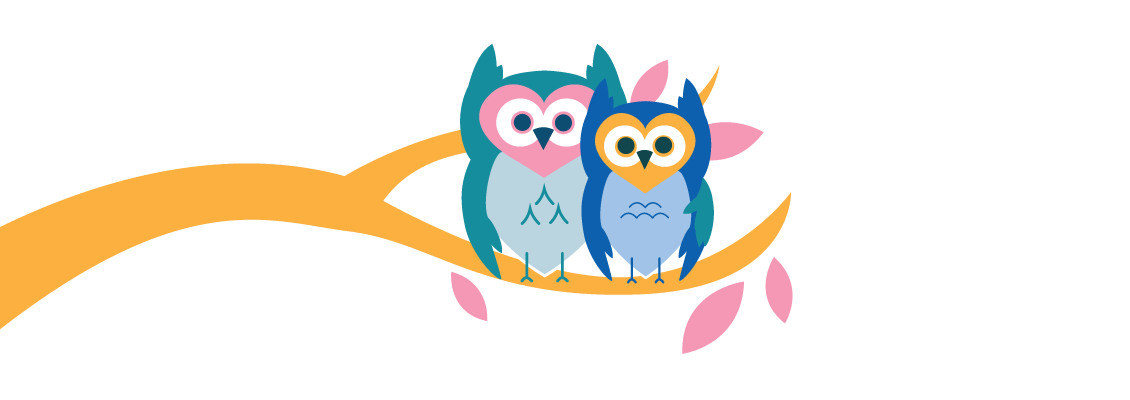What is an Ombudsperson?
Ombudsman is a Swedish term defined in the Oxford Dictionary as “an official appointed to investigate individuals’ complaints against public authorities.” It is used world-wide to designate independent, impartial and confidential offices that receive inquiries and complaints from the public.
At UVic, the Office of the Ombudsperson was created in May 1978 by the UVic Students’ Society, under the aegis of the Ombudsperson Advisory Committee. It is now funded by undergraduate students, graduate students, and UVic. You can read more about the history of the office in the 1978-2008 Special Anniversary Report: Building a Culture of Fairness at UVic.
What authority does the Ombudsperson have?
The Ombudsperson can recommendations to persons in authority, produces an annual report, and can bring matters to the attention of the UVic community. They do not have the authority to make or replace policy, and do not have decision-making power for UVic, the UVSS, or the GSS.
What guides the Ombudsperson?
The Ombudsperson works within a Terms of Reference and adheres to the Standards of Practice of the Association of Canadian College and University Ombudspersons (ACCUO). One of UVic’s former Ombudspersons served as the association’s president from 2006 to 2010.
The Ombudsperson is guided by the members of the Ombudsperson Advisory Committee, with representatives from students, faculty, and the UVic administration. The Committee reviews budgets and reports from the Ombudsperson and receives complaints about the Ombudsperson. Members of the Committee are not involved in case reviews and do not have access to confidential information.
Comments, praises and complaints about the Ombudsperson can be addressed to the chair of the Ombudsperson Advisory Committee at outreach [at] uvss.ca or by completing this survey.


